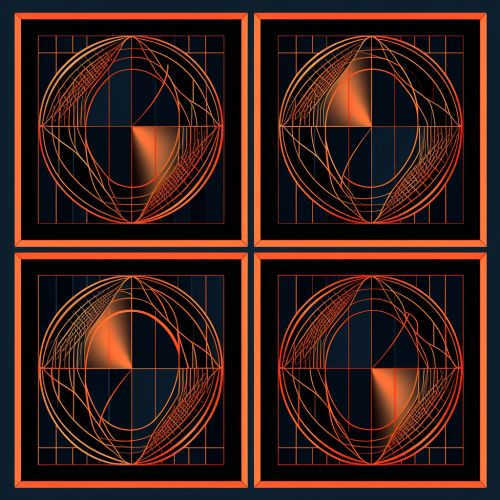Pauli matrices
Introduction
The Pauli matrices, also known as Pauli spin matrices, are a set of three 2x2 matrices which are Hermitian and Unitary. They are named after the physicist Wolfgang Pauli. In the field of quantum mechanics, these matrices play a crucial role in the study of spin operators and are widely used in the description of spin-½ particles, which include electrons and neutrinos.


Mathematical Definition
The three Pauli matrices are usually denoted by the Greek letter sigma (σ), with a subscript to denote which of the three matrices is being referred to. Mathematically, they are defined as follows:
- σ1 = σx = Matrix complex numbers (0 1)
(1 0)
- σ2 = σy = Matrix complex numbers (0 -i)
(i 0)
- σ3 = σz = Matrix complex numbers (1 0)
(0 -1)
where 'i' is the imaginary unit.
Properties
The Pauli matrices have several important properties that make them useful in various areas of physics, particularly in quantum mechanics.
- Hermitian: The Pauli matrices are Hermitian, which means that they are equal to their own conjugate transpose. This property is important in quantum mechanics, as Hermitian operators are associated with observable quantities.
- Unitary: The Pauli matrices are also unitary, meaning that their inverse is equal to their conjugate transpose. This property ensures that they preserve the norm of state vectors under transformation, which is a fundamental requirement in quantum mechanics.
- Traceless: The trace of any Pauli matrix (the sum of the elements on its main diagonal) is zero. This property is related to the fact that the expectation values of spin measurements in quantum mechanics are always zero for a spin-½ particle in a state of definite spin.
- Commutation and Anticommutation Relations: The Pauli matrices satisfy certain commutation and anticommutation relations, which are fundamental to the algebra of quantum mechanics.
Applications in Quantum Mechanics
In quantum mechanics, the Pauli matrices appear in the Schrödinger equation for spin-½ particles, such as electrons and neutrinos. They form the basis of the spin operators, which describe the intrinsic angular momentum of these particles.
The Pauli matrices also appear in the formulation of the quantum gates in quantum computing. Specifically, they represent the X, Y, and Z gates, which are fundamental operations on a single qubit.
See Also
- Quantum Mechanics - Spin (physics) - Quantum Computing
